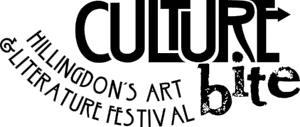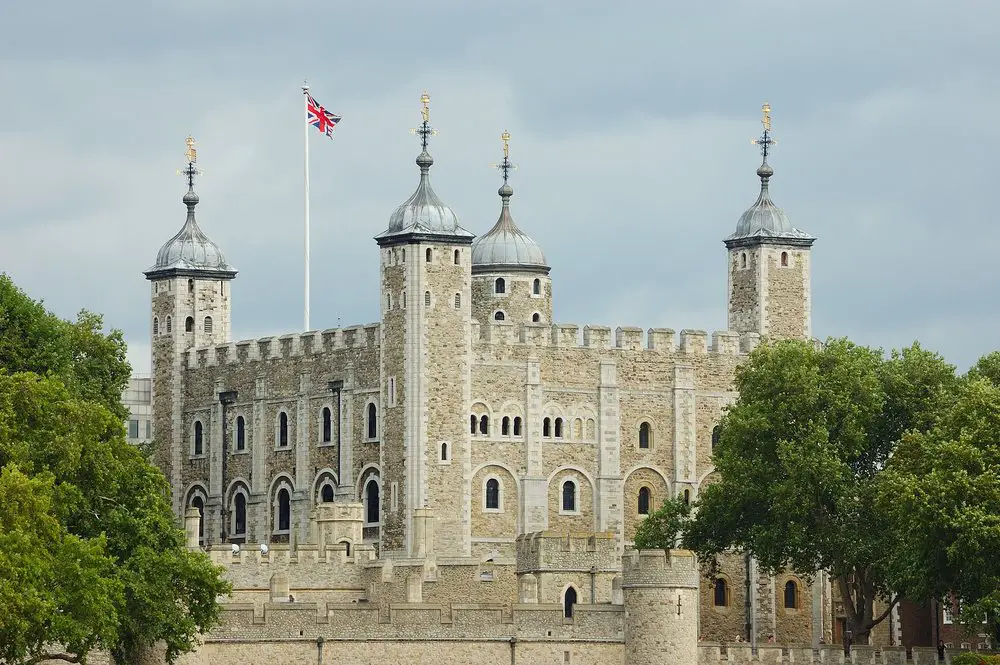- Robert Rochester, Mary's former Comptroller of the Household and now Chancellor of the Duchy of Lancaster.
- Henry Jerningham, Vice-Chamberlain of the Household, and Captain of the Guard.
- William Dormer, son of Sir Robert Dormer.
- Edward Courtenay, Earl of Devon.
- William Herbert, Lord Cardiff.
- Edward Nevill, Lord Bergavenny.
- Henry, Lord Berkeley.
- John Lumley, 1st Baron Lumley.
- James Blount, 6th Baron Mountjoy.
- Henry Clinton, son of Edward Clinton, 1st Earl of Lincoln.
- William Paulet, son of William Paulet, 1st Marquess of Winchester.
- Hugh Rich, son of Richard Rich, 1st Baron Rich.
- Henry Paget, son of William Paget, 1st Baron Paget.
- Henry Parker, grandson of Henry Parker, 10th Baron Morley.
- Thomas Howard (future 4th Duke of Norfolk), son of the late Henry Howard, Earl of Surrey.
George Younghusband, in his book The Tower from Within, describes this traditional coronation ceremony in relation to the coronation of Henry IV and I hope this gives you an idea of what would have happened on 28th September 1553. Younghusband writes that forty-six baths were arranged in one of the halls of the White Tower. Each bath had a canopy over it and was filled with warm water and draped with clean sheets. The forty-six knights bathed and then a procession, led by the King, entered the hall. The King the approached each Knight, still in his bath, and dipped his finger into the bath water and made the sign of the cross on the Knight's bare back. While he did this, the King said:
"You shall honor God above all things ; you shall be steadfast in the faith of Christ; you shall love the King your Sovereign Lord, and him and his right defend to your power ; you shall defend maidens, widows, and orphans in their rights, and shall suffer no extortion, as far as you may prevent it ; and of as great honor be this Order unto you, as ever it was to any of your progenitors or others."
When he had done this to all forty-six knights, King Henry IV processed out of the hall. The knights then dried themselves off and were put to bed in "beds with rich hangings", which had been placed behind their baths. After they had rested for a while, they were summoned to rise by the curfew bell of the Bell Tower. Their esquires helped them dress as monks in long brown woollen cassocks, with cowls, then they processed into St John’s Chapel as music played. Their new helmets, armour, swords and spurs had been arranged around the high altar, "and before these each Knight knelt in devotion, and watched his armour all night".
In 1553, due to tradition being that the knights were dubbed while naked in their baths, Henry Fitzalan, 19th Earl of Arundel, represented Mary I at the ceremony.
Also on the 29th September, according to chronicler Charles Wriothesley, "Sir William Pawlett, Marques of Winchester, was sworne Lord Treasurer of Englande, and Mr. Brooke, sergeant at the lawe, was sworne Lord Cheife Baron of the Exchequer."
Do remember to check out my first post Mary I's Coronation Part 1 - Mary travels to the Tower too.
Also on this day in history:
- 1528 - The papal legate, Cardinal Lorenzo Campeggio, landed at Dover on the Kent coast. He had arrived in preparation for hearing the case for the annulment of the marriage of Henry VIII and Catherine of Aragon at a special legatine court. Click here to read my article on this over at The Anne Boleyn Files.
- 1564 - Robert Dudley was made Earl of Leicester, an earldom which had been planned earlier in the year to make him more acceptable as a bridegroom to Mary, Queen of Scots. Click here for more on this.
Notes
- A letter from The Ambassadors in England to the Emperor, dated 30th September, states that Mary created twenty Knights of the Bath: "The Queen has made twenty new knights, called Knights of the Bath. They do not wear the Garter, and are of an order the members of which are made as a rule at coronation time by being kissed on the shoulder and on the cheek. The Earl of Arundel, whom the Queen has appointed her Great Master of the Household, represented her at this ceremony; and among the new knights are Courtenay and the Controller. This order is inferior to the Garter." Calendar of State Papers, Spain, Volume 11, 1553, p250-261. However, other sources state fifteen and there are fifteen names in the records.
Sources
- The names are listed in A Political Index to the Histories of Great Britain and Ireland, or a Complete Register of the Hereditary Honours, Public Offices, and Persons in Office, from the Earliest Periods to the Present Time, Volume 2, by Robert Beatson, London, 1788, p284. Henry Machyn, in his diary, The Diary of Henry Machyn Citizen and Merchant-Taylor of London (1550-1563), also lists names: "The xxix day of September the Qwuen('s) grace mad knyghts of the Bathe xv; the furst was the yerle of Devonshyre, the yonge yerle of Surray, the iijde lord of Borgane, and lord Barkley, the lord Monjoye, lord Sowche, ser Wylliam Pallet, my lord Cardyff, the lord Wyndsore('s) sune, sir Ryche('s) sune, sir Clynton, ser Pagett, ser Robart Rochaster, ser Hare Jernyngham, ser Edward Dormer."
- The Tower from Within, Major-General Sir George Younghusband, p107-108.
- A Chronicle of England During the Reigns of the Tudors, from A.D. 1485 to 1559, Volume 2, Charles Wriothesley, p. 103.




What a wonderful insight into the old world order and the making of the knights of the bath, the long but beautiful ritual of those days. I know the Garter still exists and the queen still meets every April to process and pray with the twenty six knights at Windsor Castle each year, but does the Order of the Bath still exist?
It is interesting to note that the future Henry Viii was made a Knight of the Bath by his father when he was only three.